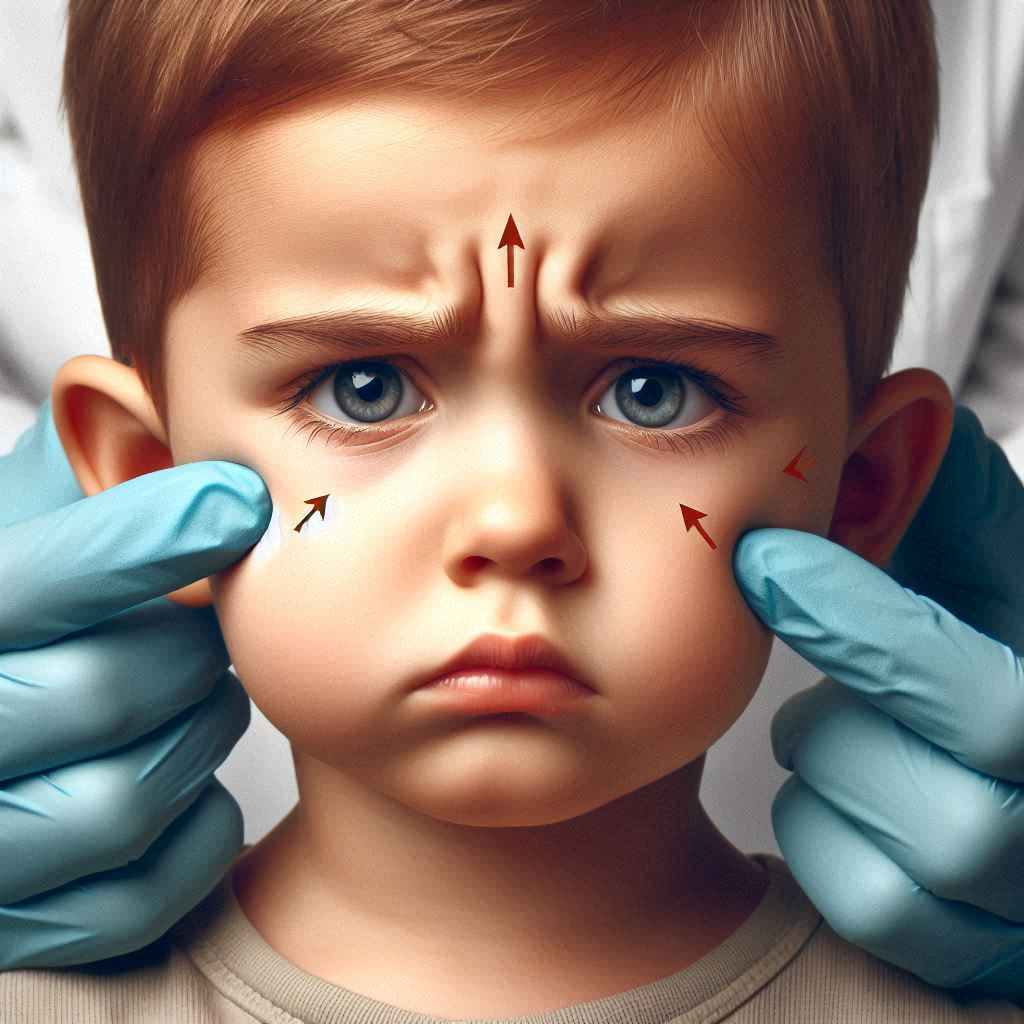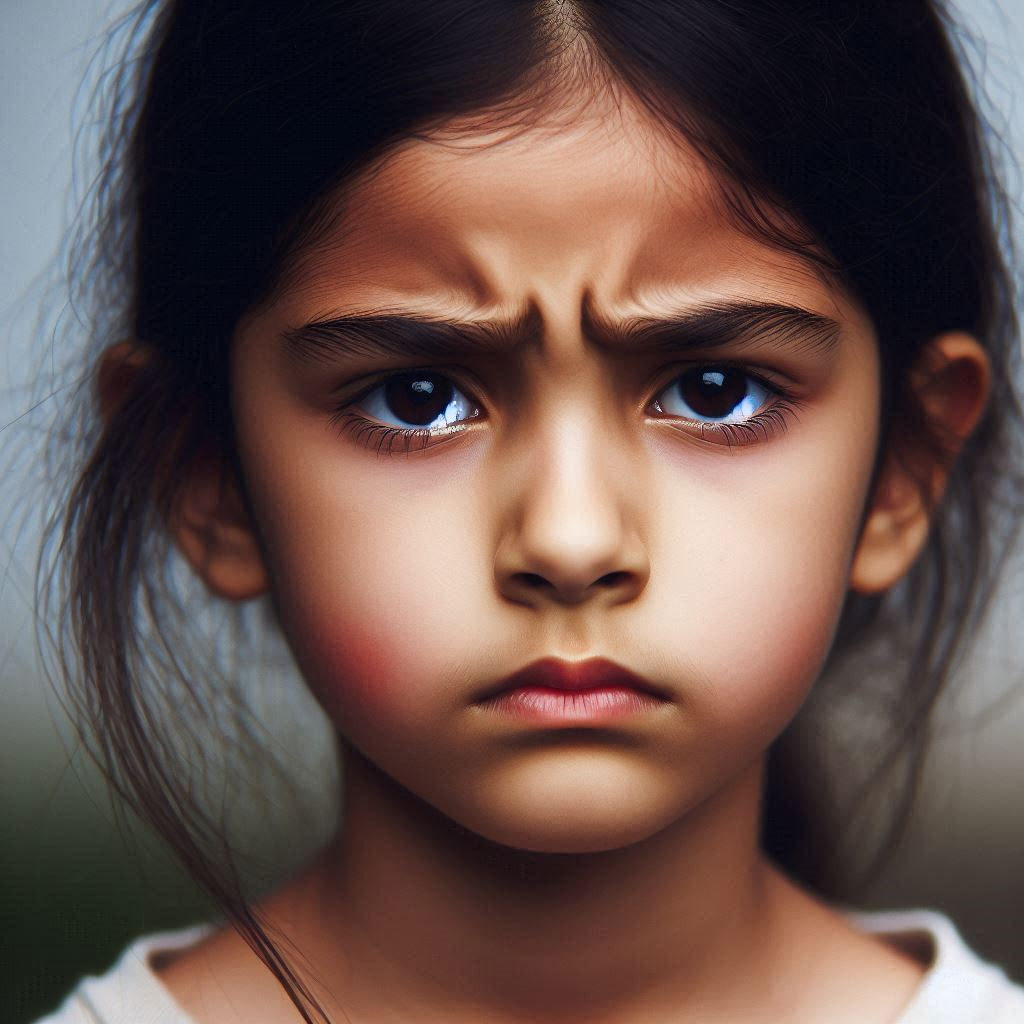What Does Furrowed Brow Mean Explained?
Have you ever noticed someone’s forehead wrinkle up when they’re thinking hard or looking upset? That’s what we call a furrowed brow. It’s a common facial expression that can tell us a lot about how someone is feeling or what they’re thinking. In this post, we’ll dig into what a furrowed brow really means and why it’s important to understand.
Quick answer: A furrowed brow is when someone’s eyebrows come together and create lines on their forehead. It usually means they’re concentrating, confused, worried, or upset about something.
Understanding the Furrowed Brow
What Exactly is a Furrowed Brow?
When we talk about a furrowed brow, we’re describing those horizontal lines or wrinkles that show up on someone’s forehead when they pull their eyebrows together. It’s like tiny mountains and valleys appearing on the skin above the eyes. This expression is super common and can mean different things depending on the situation.
Why Do Our Brows Furrow?

Our brows don’t just furrow for no reason. There are special muscles in our face called the corrugator supercilii that make this happen. When these muscles tighten up, they pull our eyebrows closer together, creating those forehead lines. Here are some reasons why this might happen:
- Deep thinking: When we’re really focused on something tough, our brow might furrow to help us concentrate.
- Feeling puzzled: If something doesn’t make sense to us, our furrowed brow can show we’re trying to figure it out.
- Worry or stress: Sometimes, when we’re anxious about something, our brow furrows as a sign of our inner feelings.
- Anger or frustration: A furrowed brow can also mean someone is not happy about something.
Reading the Furrowed Brow: It’s All About Context
Understanding what a furrowed brow means isn’t always straightforward. We need to look at the whole picture to get it right. The same expression could mean different things depending on what’s happening around the person.
A Real-Life Example: The Classroom Scene
Let’s imagine we’re in a classroom. The teacher is explaining a new math concept, and we notice a student, let’s call her Sarah, with a furrowed brow. What could this mean? Here are a few possibilities:
- She’s really focused: Sarah might be concentrating hard to understand the new idea.
- She’s confused: The concept might be tricky, and Sarah’s furrowed brow could show she’s having trouble following along.
- She’s frustrated: If Sarah usually finds math easy, her furrowed brow might mean she’s annoyed that this new topic is challenging.
To figure out which one it is, we’d need to look at other clues. Is Sarah leaning forward, eager to learn more? Or is she slumped in her chair, looking defeated? These extra details help us understand what her furrowed brow really means.
Other Body Language Clues
A furrowed brow often comes with other facial expressions or body language. For example:
- Furrowed brow + frown + crossed arms = probably upset or angry
- Furrowed brow + slight smile + head tilt = might be thinking hard about something interesting
- Furrowed brow + wide eyes + open mouth = could be surprised or confused
By putting all these clues together, we can get a better idea of what someone is really feeling or thinking.
My Own Furrowed Brow Story
I remember a time when I learned just how easy it is to misunderstand a furrowed brow. It happened during my first job as a waiter at a busy restaurant. One evening, a customer at one of my tables had a deeply furrowed brow as he looked at the menu. I immediately thought he was upset about something – maybe the prices or the food choices.
Feeling nervous, I approached his table and asked if everything was okay. To my surprise, he looked up with a big smile and said, “Oh, yes! I’m just trying to decide between the steak and the salmon. They both sound so good!”
It turned out his furrowed brow was simply a sign of concentration as he made his dinner choice. This experience taught me not to jump to conclusions based on just one facial expression. It also showed me how important it is to approach situations with an open mind and ask questions if we’re not sure what someone is feeling.
Why Understanding Furrowed Brows Matters
Better Communication
When we can correctly read facial expressions like the furrowed brow, we become better at understanding others. This skill can help us in many areas of life:
- At work, we can tell if a coworker needs help or if they’re deep in concentration.
- In relationships, we can pick up on our partner’s mood without them having to say a word.
- As parents or teachers, we can spot when a child is struggling with a task.
Improving Empathy
Being able to read facial expressions also helps us be more empathetic. When we notice someone’s furrowed brow, we might ask if they’re okay or if they need any help. This small act of kindness can make a big difference in someone’s day.
Furrowed Brows in Different Cultures
It’s important to remember that facial expressions can mean slightly different things in various cultures. While a furrowed brow is pretty universal, how often people show it and how others react to it can vary.
Examples Around the World
- Japan: People might try to hide their furrowed brow to avoid showing negative emotions in public.
- Mediterranean countries: A furrowed brow might be more common and expressive, often used to show emphasis in conversations.
- Native American cultures: Some tribes traditionally value emotional restraint, so a furrowed brow might be less common or more subtle.
Understanding these cultural differences can help us avoid misunderstandings, especially when we’re traveling or meeting people from different backgrounds.
Furrowed Brows in Art and Media
Artists and actors often use the furrowed brow to convey emotions in their work. Let’s look at some examples:
Famous Furrowed Brows in Art
- The Thinker by Auguste Rodin: This famous sculpture shows a man deep in thought, with a classic furrowed brow.
- American Gothic by Grant Wood: The stern-faced farmer in this painting has a slight furrow to his brow, adding to the serious mood of the artwork.
Furrowed Brows in Movies and TV
Actors often use furrowed brows to show their character’s emotions without words. Think about how often you see characters furrow their brows when they’re:
- Trying to solve a mystery in a detective show
- Facing a difficult decision in a drama
- Reacting to bad news in a soap opera
Next time you’re watching a movie or TV show, try to spot the furrowed brows and think about what they’re telling you about the character’s feelings or thoughts.
Dealing with Your Own Furrowed Brow
Sometimes, we might not even realize we’re furrowing our brow. If you find yourself doing it a lot, here are some tips:
Relaxation Techniques
- Face exercises: Gently raise and lower your eyebrows a few times to relax the muscles.
- Mindfulness: Pay attention to when you furrow your brow and consciously relax your forehead.
- Stress relief: Find ways to manage stress, like deep breathing or short walks, to reduce tension in your face.
When to See a Doctor
While a furrowed brow is usually nothing to worry about, sometimes it can be a sign of other issues:
- Chronic headaches: If you’re always furrowing your brow due to pain, it’s worth checking with a doctor.
- Vision problems: Sometimes we furrow our brows when we’re struggling to see clearly.
- Excessive worry: If you can’t stop furrowing your brow due to anxiety, talking to a mental health professional might help.
Wrapping Up: The Power of the Furrowed Brow
Understanding what a furrowed brow means can help us better connect with others and express ourselves more clearly. Remember these key points:
- A furrowed brow can mean concentration, confusion, worry, or frustration.
- Context and other body language clues are important for accurate interpretation.
- Cultural differences can affect how people use and interpret furrowed brows.
- Being aware of your own furrowed brow can help you manage stress and communicate better.
Next time you see someone with a furrowed brow, take a moment to think about what they might be feeling or thinking. And if you catch yourself furrowing your own brow, ask yourself why. Understanding this simple expression can lead to better communication and stronger connections with those around us.
Your Turn to Share
Have you ever had a funny misunderstanding because of a furrowed brow? Or maybe you’ve noticed how people in your family or community use this expression differently? Share your stories in the comments below – we’d love to hear about your experiences with the fascinating world of furrowed brows!

Jessica Winter is a passionate parenting blogger with two years of experience guiding new and seasoned parents through the joys and challenges of raising babies. Her insightful posts blend personal anecdotes with expert advice to offer a warm and practical perspective on modern parenting.

